Author: Cosmina Bradea
Have you ever given it any thought that the traditional meals eaten at Easter speak volumes about how the holiday is celebrated around the world? The ingredients used, the methods of preparation, serving, timing, and eating all encompass much more than just a recipe. They are customs and symbolism from the widest range of civilizations and religions. In some cultures, Easter is much more than eggs, gifts and bunnies – it’s a holiday of deep spiritual meanings.
Chackapuli – Georgia
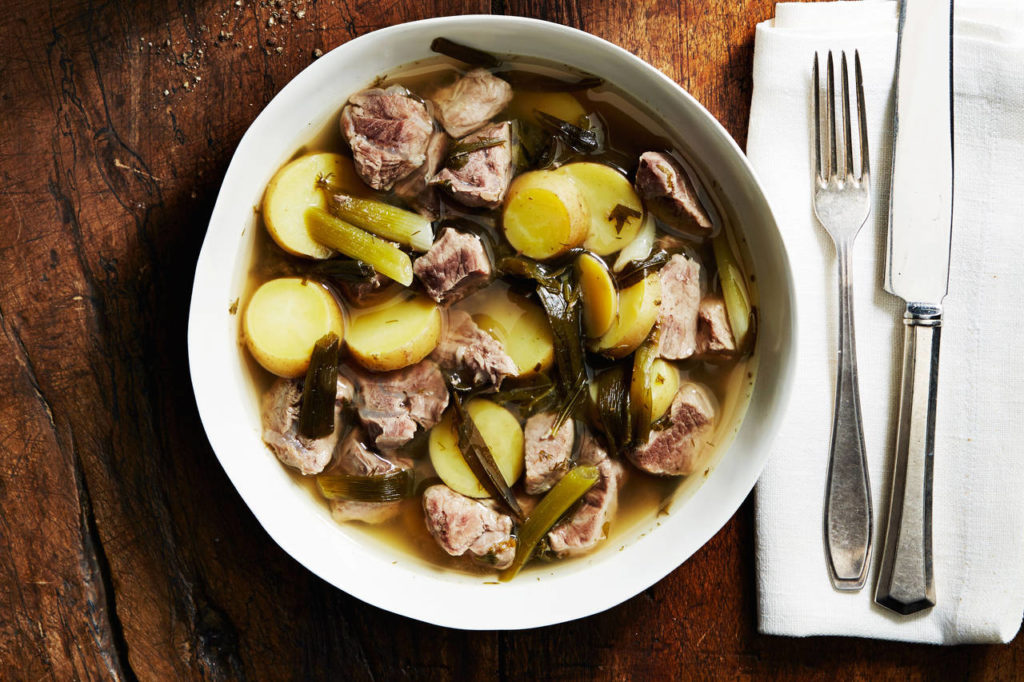
The traditional Easter dish in Georgia, chakapuli, is a lamb stew made with white wine, tarragon leaves, tkemali (green plums), chives, and green peppers. It comes with bread and is served hot. This is served during the Orthodox Easter and the recipe is said to date back to the 17th century.
Hot Cross Buns – England

In England, these are served on Good Friday and contain dried fruit. The cross depicted on the rolls alludes to Christ’s crucifixion and serves as a deterrent to bad spirits. The tradition says that offering Hot Cross Buns to friends strengthens the bond between them.
Tsoureki – Greece
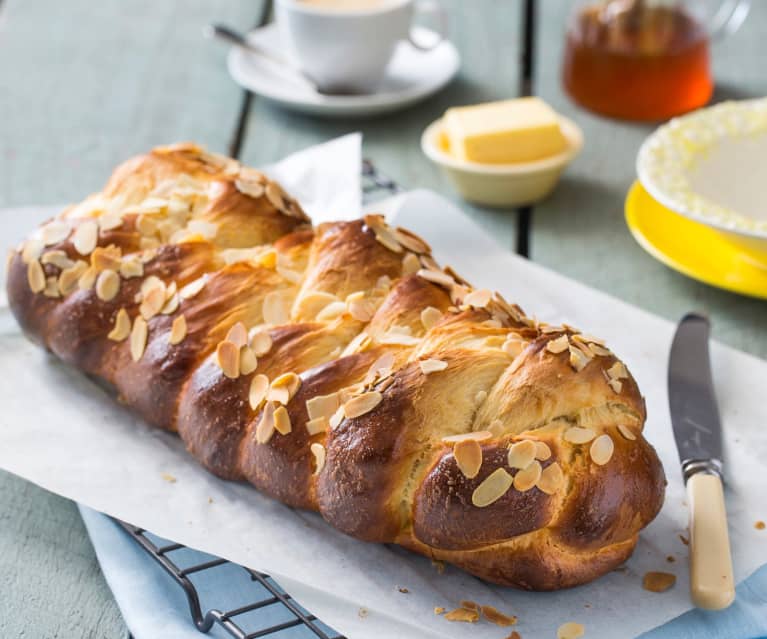
A braided sweet bread known as tsoureki carries significant religious and pagan symbolism. For both, bread is a symbol of life; however, braided bread has a different connotation. The three-strand braid represents the Holy Trinity to Christians while it scares away bad spirits in paganism. After baking, red-colored eggs that symbolize Christ’s blood are placed on the bread.
Pascualina Pie – Argentina
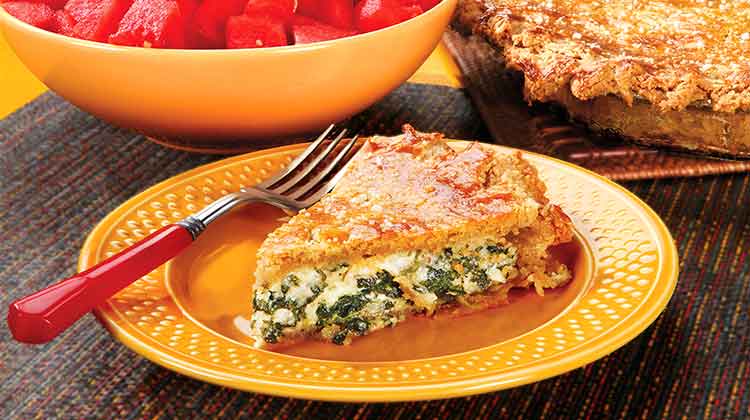
Argentina’s Easter spread is influenced by European cuisine, and it is of Ligurian descent (Northern Italy). It is a savory meal made of whole boiled eggs, spinach, artichokes, parsley, and ricotta. The latter stands for Christ’s resurrection. The dough’s 33 layers represent Jesus’ years of life.
Pasca – Romania
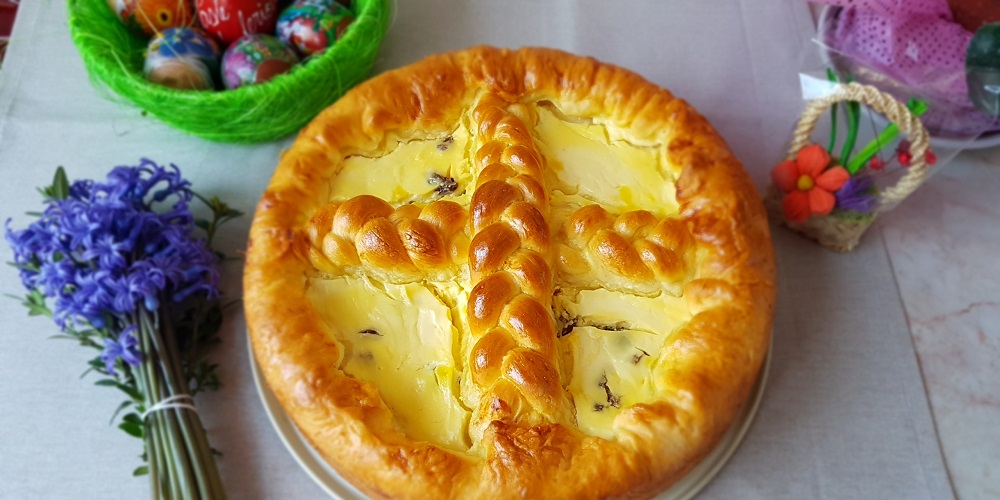
One of the most well-liked Easter dishes in Romania and is usually cooked on Good Thursday. Pasca, a delicious bread with cheese (similar to cheesecake) and raisins is circular and golden in color to resemble the sun, the emblem of life. The person will enjoy success for the entire year if they eat this dish.
Fanesca – Ecuador
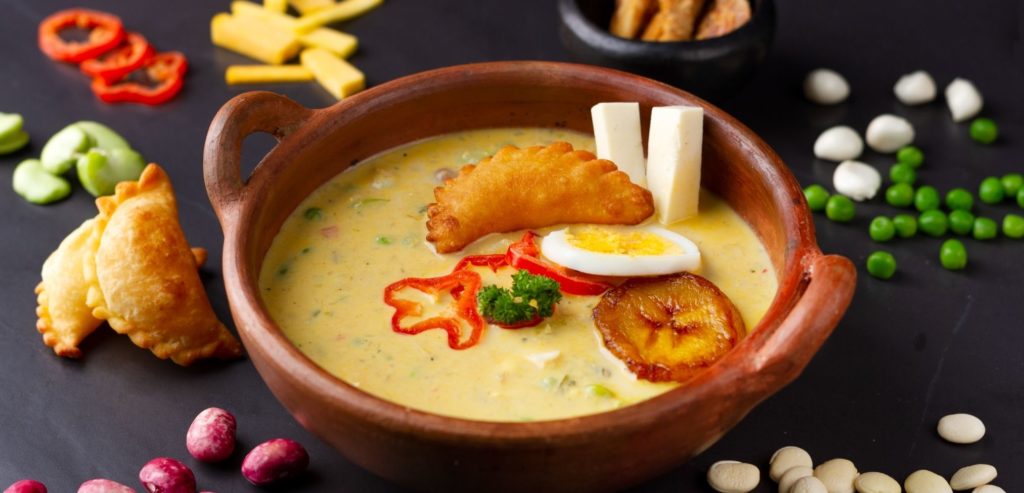
Fanesca is more than just a soup; it is a part of Ecuadorian culture. The dish symbolizes both the diversity of food and the cohesiveness of the Ecuadorian people because it uses ingredients from every region of the nation. Its ingredients include 12 different types of grains, which represent the 12 apostles of Jesus Christ. Other ingredients include fish, milk, cheese, beans, wheat flour, and garlic.
We hope these dishes have brought some inspiration for your Easter table and more insights on how this holiday is celebrated around the world. From Hospitality Academy, we wish you a Happy Easter!




